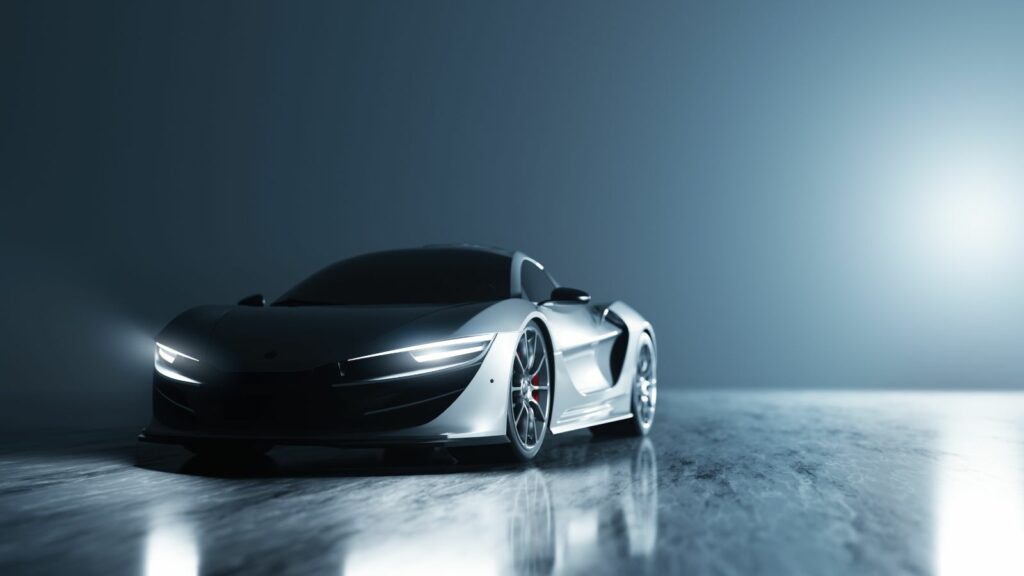Cars have always been more than machines; they are expressions of creativity, engineering prowess, and, sometimes, sheer audacity. The world of automobile design is rife with stories of inspiration drawn from the most unlikely of sources. Here are 15 car designs that embody the spirit of unconventional inspiration.
The Citroën DS and the Goddess of the Avant-Garde
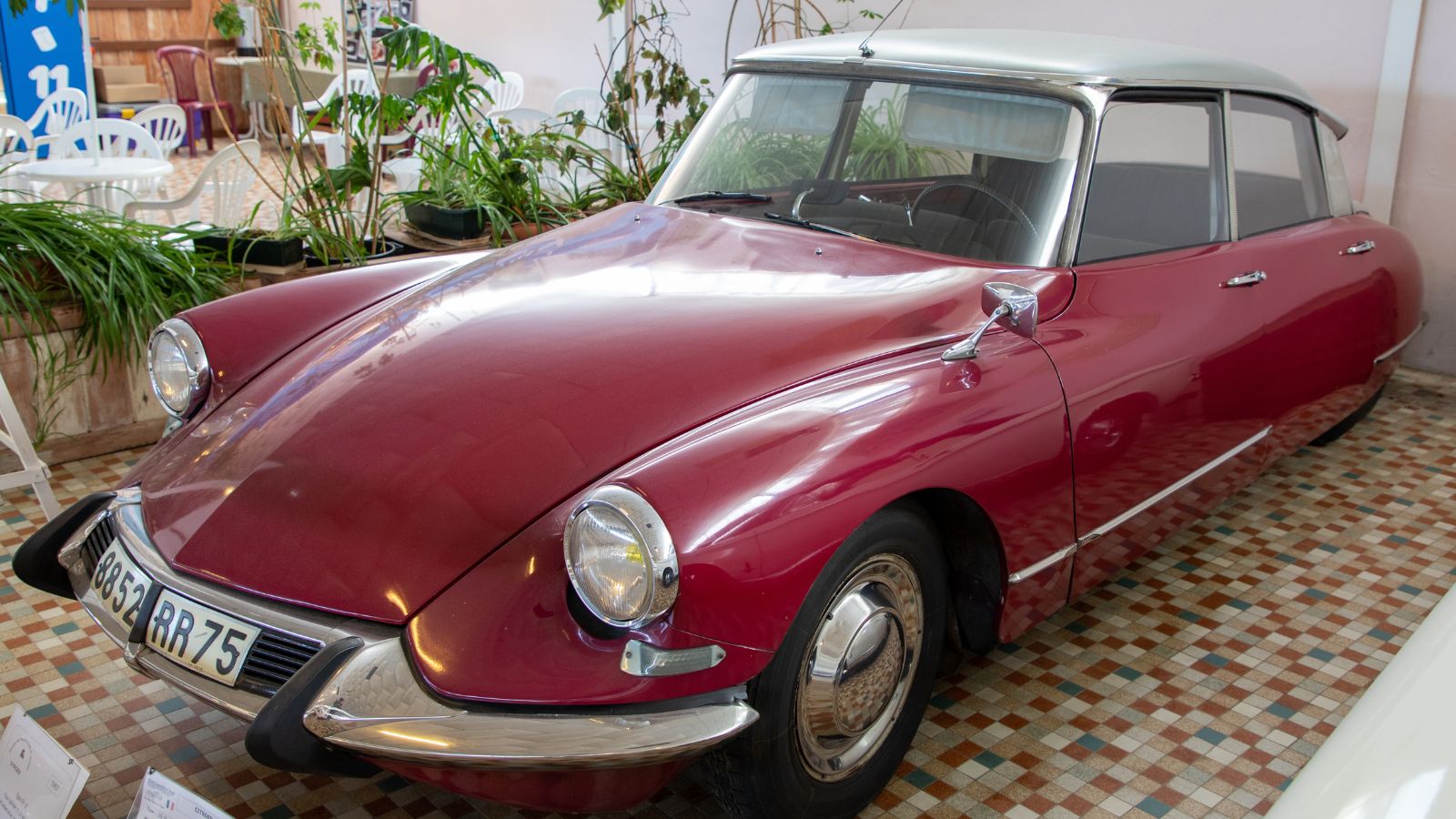
The Citroën DS, launched in 1955, is a masterpiece of automotive design influenced by the world of art. Its creator, Flaminio Bertoni, was not just an automotive designer but also a sculptor and painter. The DS’s futuristic, fluid lines were inspired by modernist art, particularly the works of Alberto Giacometti. The car’s nickname, “La Déesse” (The Goddess), reflects its almost divine presence on the road, combining elegance with innovation.
The Volkswagen Beetle and the People’s Car

When Ferdinand Porsche set out to create the “People’s Car” in the 1930s, he looked not to luxury vehicles but to something humbler: the humble ladybug. The Beetle’s round shape and compact size were modeled to maximize efficiency and charm, much like its insect namesake. Moreover, the Beetle’s air-cooled engine, located in the rear, was inspired by aircraft technology. This unusual design choice made the Beetle a hardy little beast, able to traverse rough terrain and handle various climates easily. The result was a car that could endure the Autobahn and the Amazon rainforest with equal aplomb.
The BMW Gina and Origami
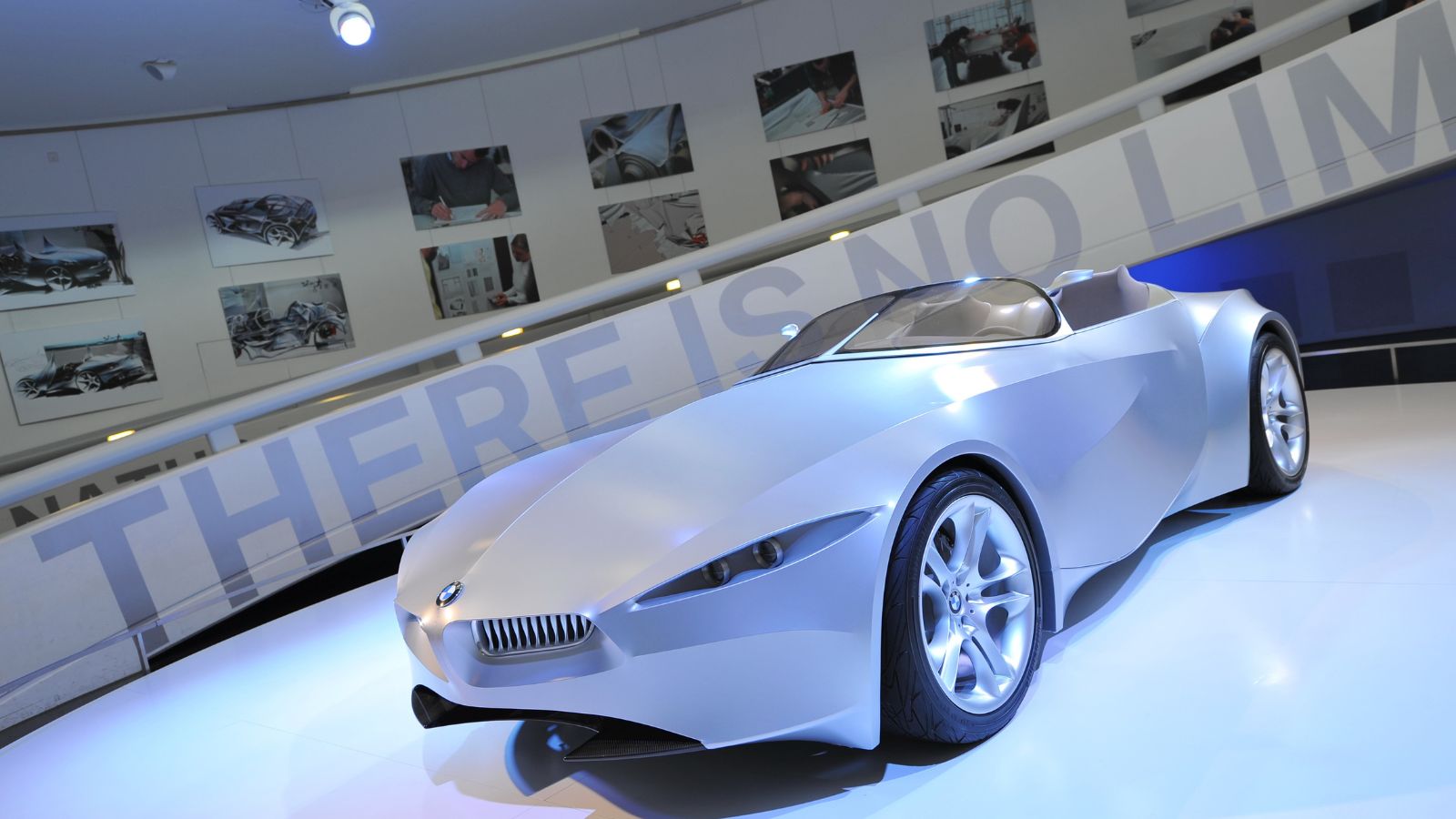
The BMW Gina concept car, unveiled in 2008, is a striking example of an automotive Picasso painting—it breaks all the rules in the most delightful ways. The BMW Gina swaps traditional steel panels for fabric skin, which stretches and molds over a movable frame. Imagine your car getting a facelift without Botox! Inspired by origami fashion and aerospace engineering, the Gina can change shapes on demand, offering futuristic aesthetics and practical aerodynamics. The design proves that cars can be more than metal boxes; they can be living, breathing works of art.
The Lamborghini Countach and Fighter Jets
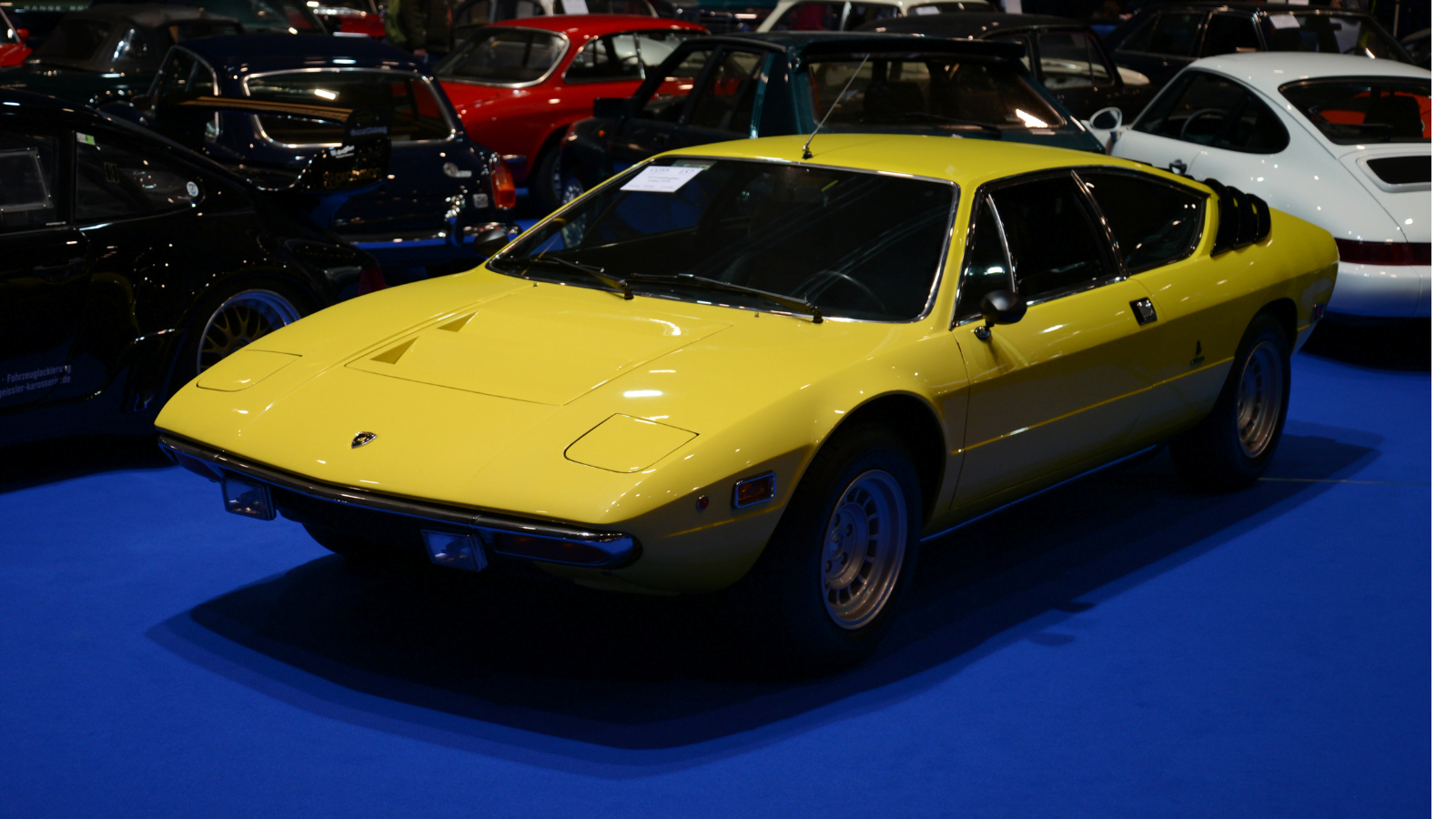
The Lamborghini Countach, an icon of 1970s and 80s supercar glory, owes its sharp, aggressive design to fighter jets. Picture this: a squadron of engineers at Lamborghini HQ, probably with aviator sunglasses on, dreaming of transforming a jet into a car. The result? The Countach’s angular lines, low-slung body, and scissor doors. Its designer, Marcello Gandini of Bertone, took cues from the aircraft’s stealthy profiles, aiming for a look that screamed speed and power, even when parked. The car’s wedge shape, narrow windows, and air intakes resemble jet aerodynamics, designed for slicing through the air at high speeds. Driving a Countach is like piloting a fighter jet on four wheels, minus the missiles.
The Rolls-Royce Phantom and Luxury Yachts
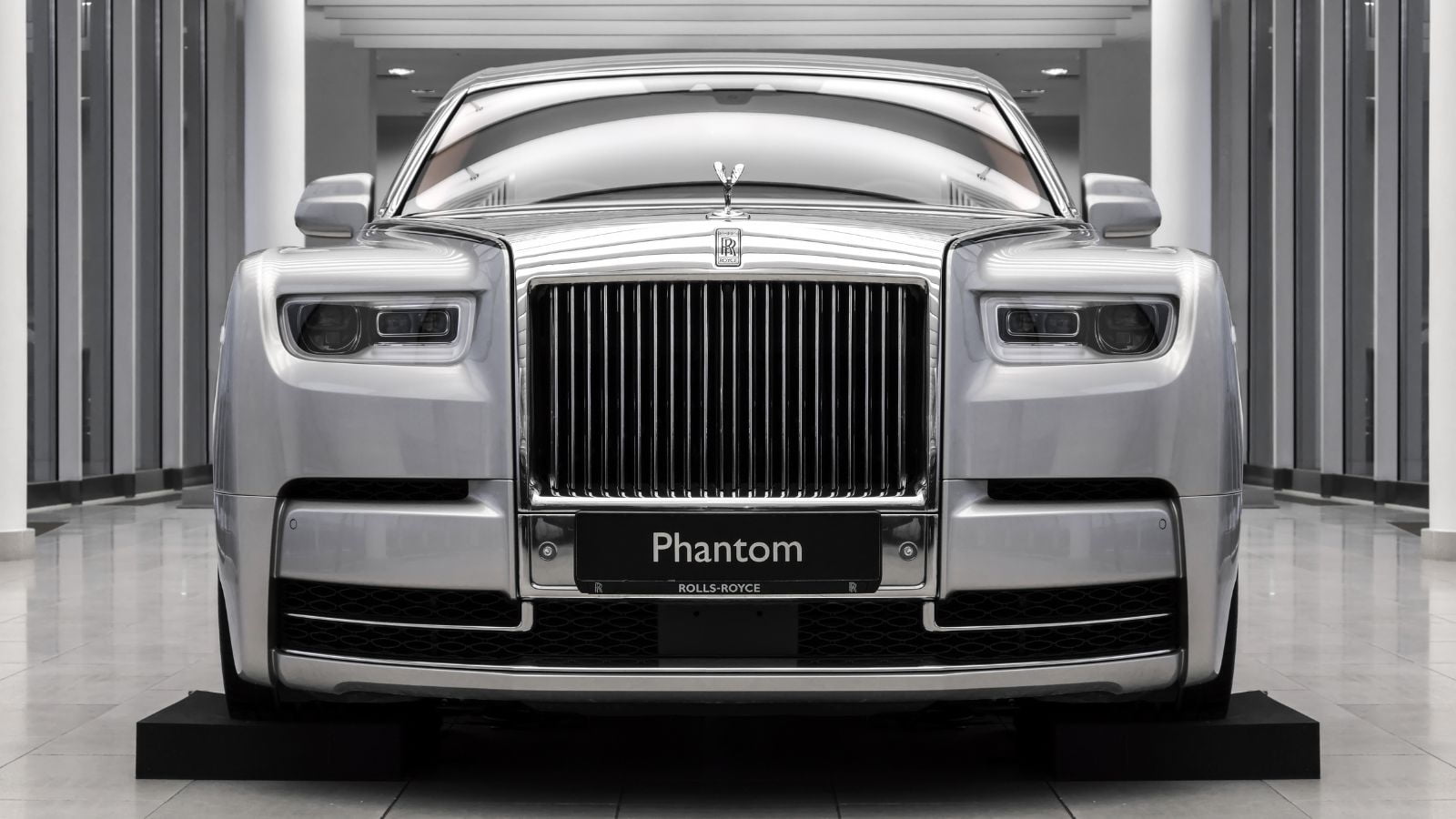
The Rolls-Royce Phantom is the epitome of luxury on wheels, and its design borrows heavily from the world of luxury yachts. The car’s elongated body, sleek lines, and sumptuous interior materials all evoke the grandeur of high-end yachts. The Phantom’s “Gallery,” a glass-encased dashboard, also allows for personalized artwork, similar to the bespoke features found on custom yachts. The Phantom’s designers aimed to create a sense of effortless luxury, like that experienced on a luxurious sea vessel.
The Chrysler PT Cruiser and Retro Americana
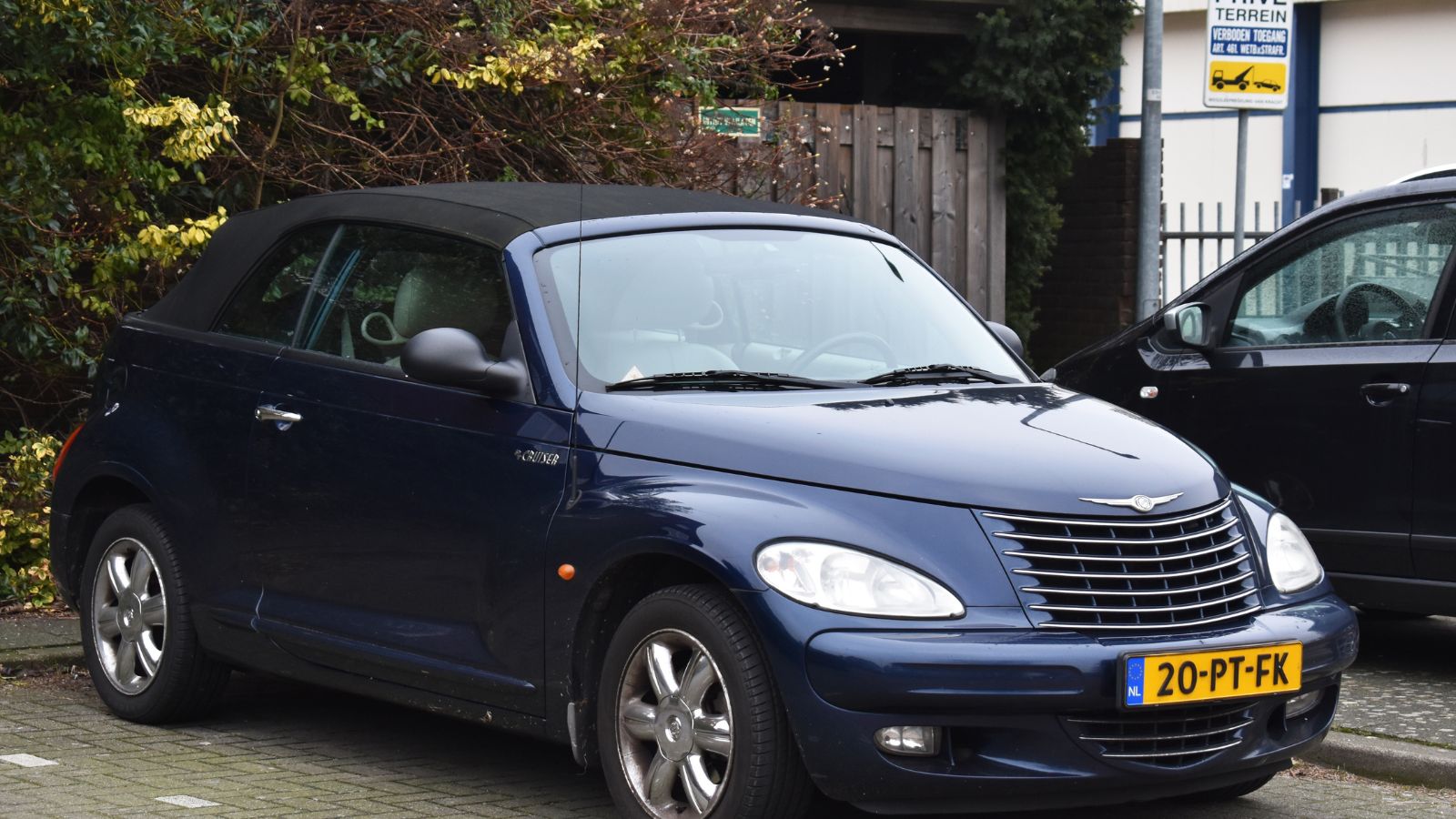
The Chrysler PT Cruiser, launched in 2000, drew heavy inspiration from Retro Americana, particularly the 1930s and 1940s American vehicles. Designed by Bryan Nesbitt, it evoked the charm of classic cars like the 1937 Ford and Chrysler Airflow. The PT Cruiser’s prominent front grille, flared fenders, and high roofline were clear nods to these vintage automobiles. Its versatile design, featuring a spacious, configurable interior, mirrored the practical yet stylish ethos of the era. The car’s name—PT, for “Personal Transport”—echoed the era’s emphasis on individuality and freedom.
The Audi TT and the Bauhaus Movement
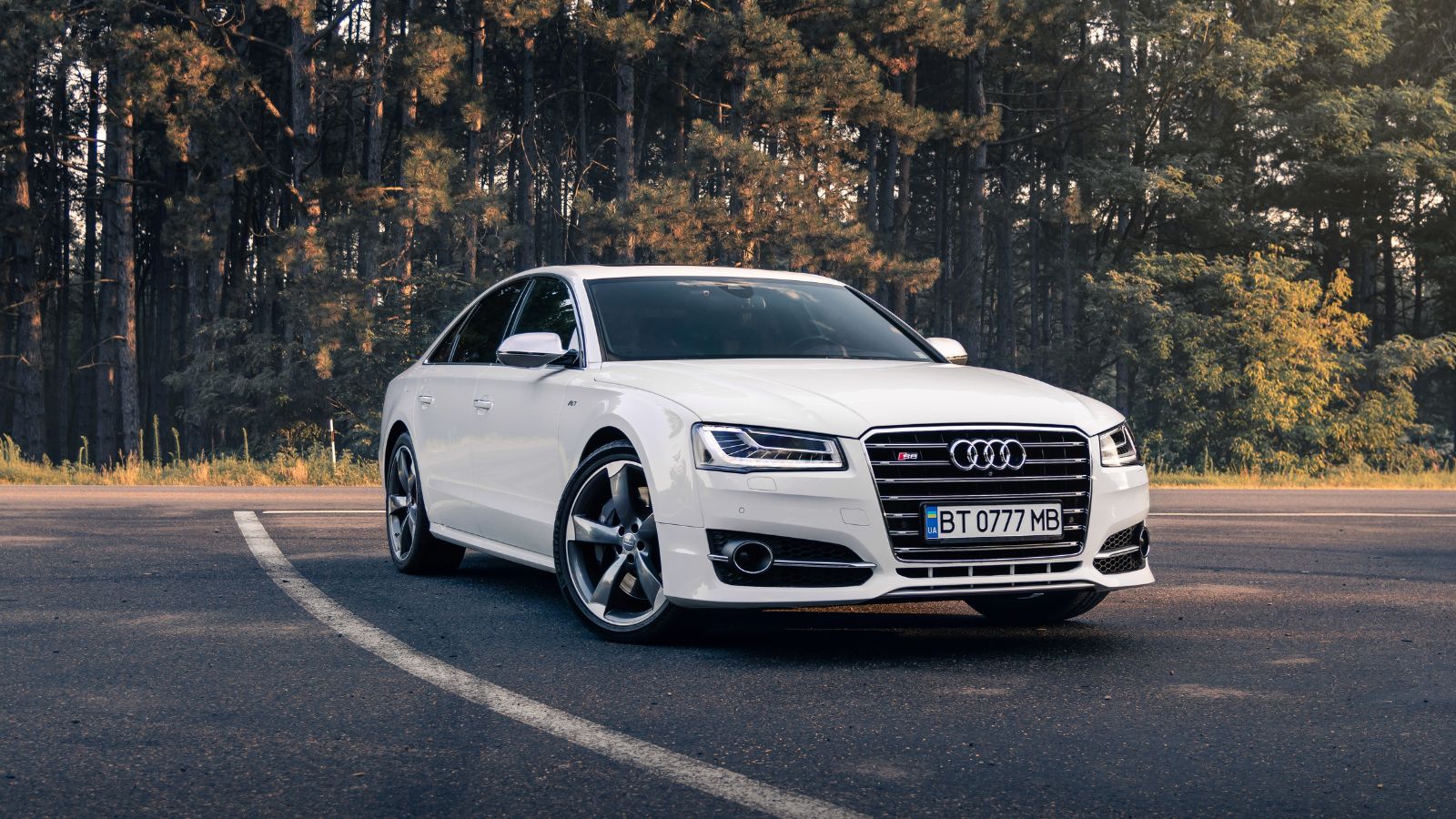
The Audi TT is a prime example of how principles from one field can influence another. Bauhaus emphasized the fusion of form and function, championing clean lines, geometric shapes, and a minimalist aesthetic. The TT embodies these principles through its streamlined, uncluttered design. The car’s circular motifs, seen in the rounded roofline and wheel arches, echo Bauhaus’s geometric simplicity. The interior follows a no-frills approach, featuring a functional, driver-focused layout without excessive ornamentation. Audi’s designers aimed for a “purity of form,” a direct nod to Bauhaus’s philosophy of “less is more.”
The Ford Mustang and the P-51 Mustang Fighter Plane
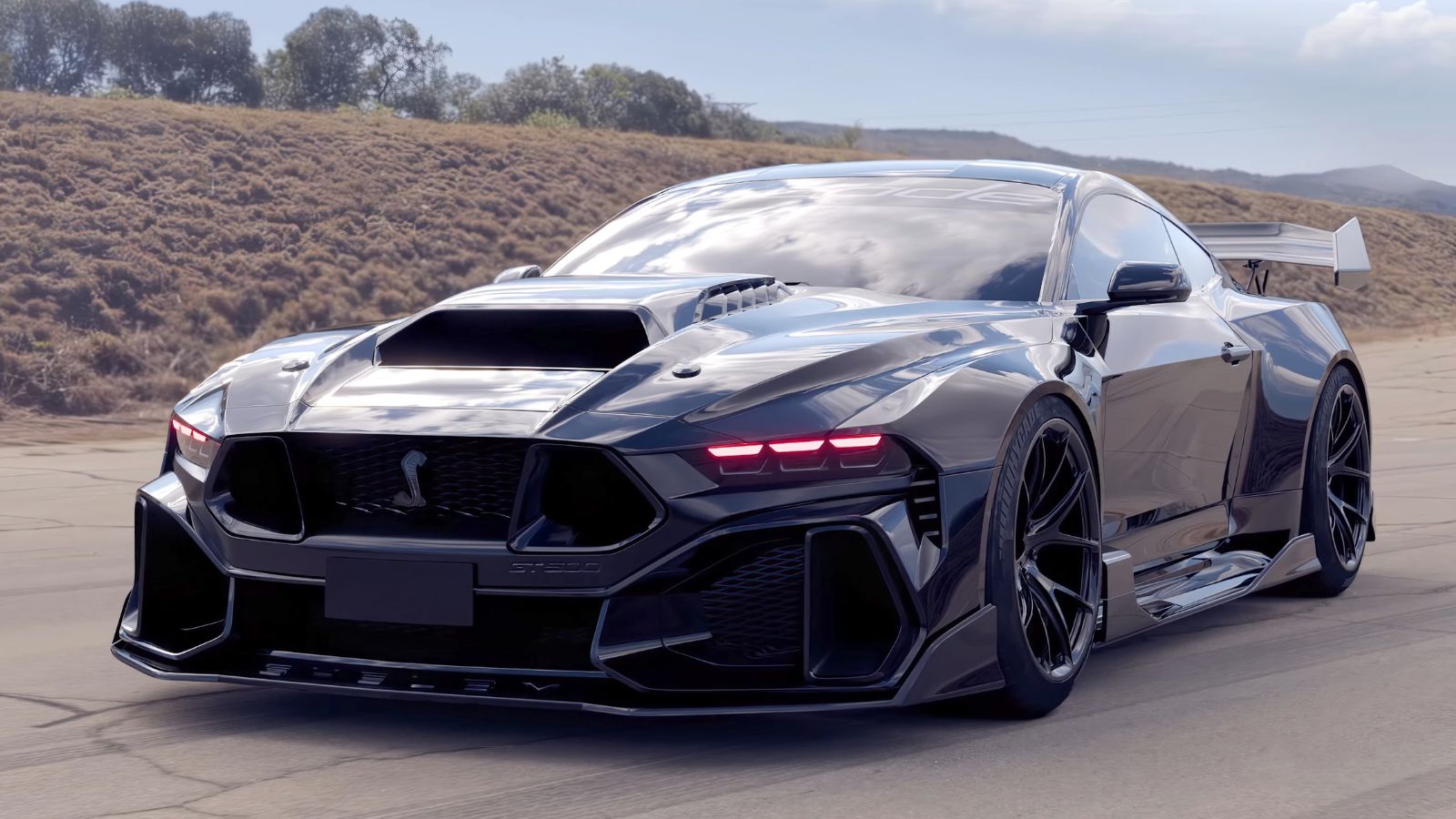
The iconic Ford Mustang owes its name and design inspiration to the legendary P-51 Mustang fighter plane from World War II. This high-flying stallion of the skies was known for its speed, agility, and fierce combat prowess, qualities Ford sought to embody in their muscle car. The car’s designers, including John Najjar, were fascinated by the P-51’s sleek, aerodynamic lines and commanding presence, which influenced the Mustang’s design, giving it that unmistakable aggressive stance and long hood.
The Peugeot Onyx and Recycled Materials
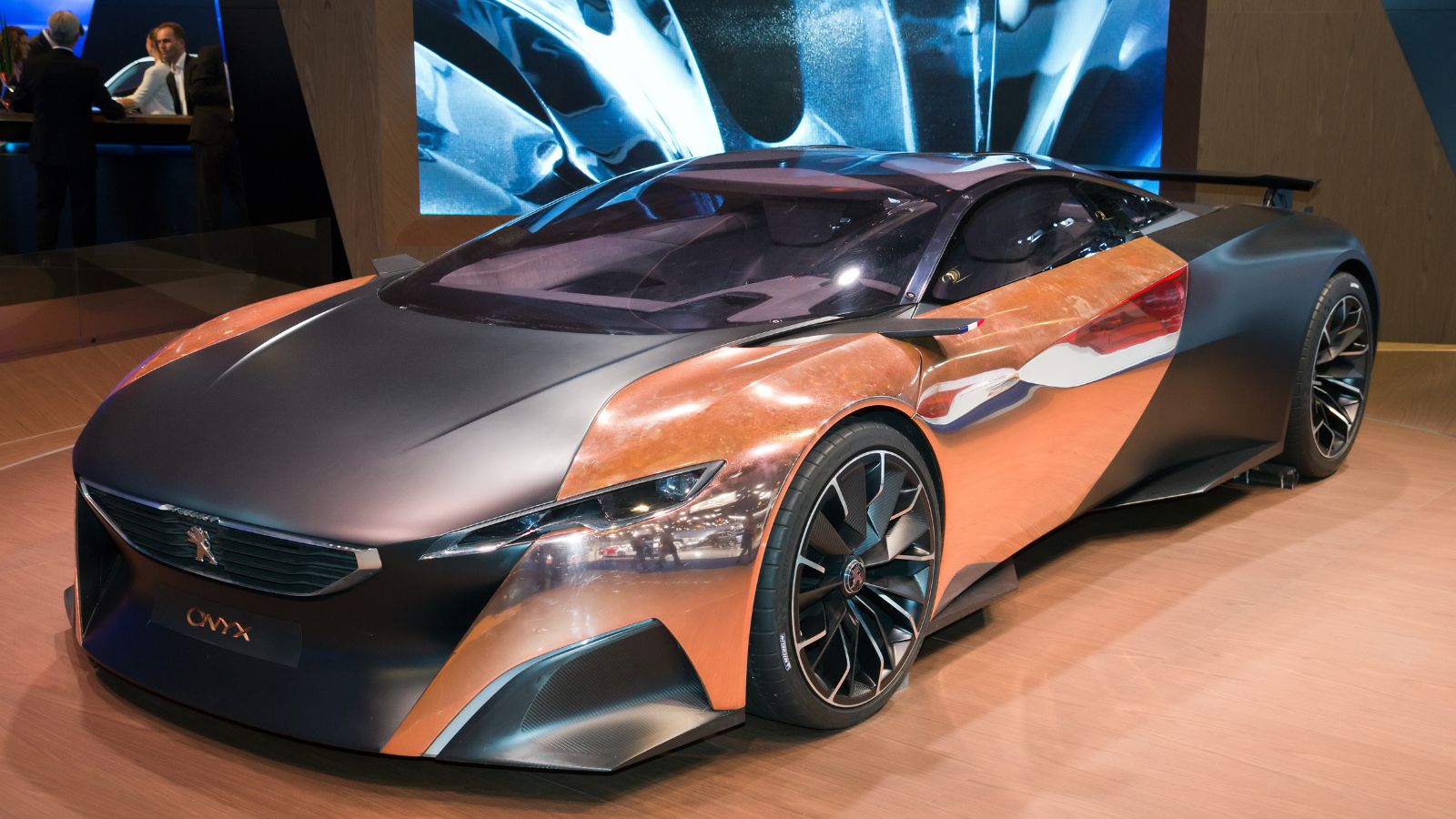
The Peugeot Onyx concept car is a masterclass in turning trash into treasure. This futuristic beauty is crafted from an array of recycled materials that might make you think a team of eco-conscious magpies assembled it. The Onyx’s sleek exterior panels are made from copper, which will develop a unique patina over time, giving the car a steampunk vibe as it ages gracefully. Inside, the cabin features felt made from recycled plastic bottles and wood sourced from used newspapers—yes, you read that right, newspapers. Even the seats are upholstered in wool, making them as comfy as your favorite sweater.
The Nissan Cube and Modern Architecture

The Nissan Cube looks like it was inspired by a Rubik’s Cube that got stuck mid-twist. But this quirky box on wheels draws inspiration from modern architecture. The design is a nod to minimalist and functional spaces, resembling a tiny, mobile studio apartment. The asymmetrical rear window and wrap-around glass are reminiscent of trendy lofts with floor-to-ceiling windows. Inside, it’s all about maximizing space with a living-room-like atmosphere—complete with a sofa-like rear seat and a “floating” platform dash.
The Aston Martin DB11 and the Golden Ratio
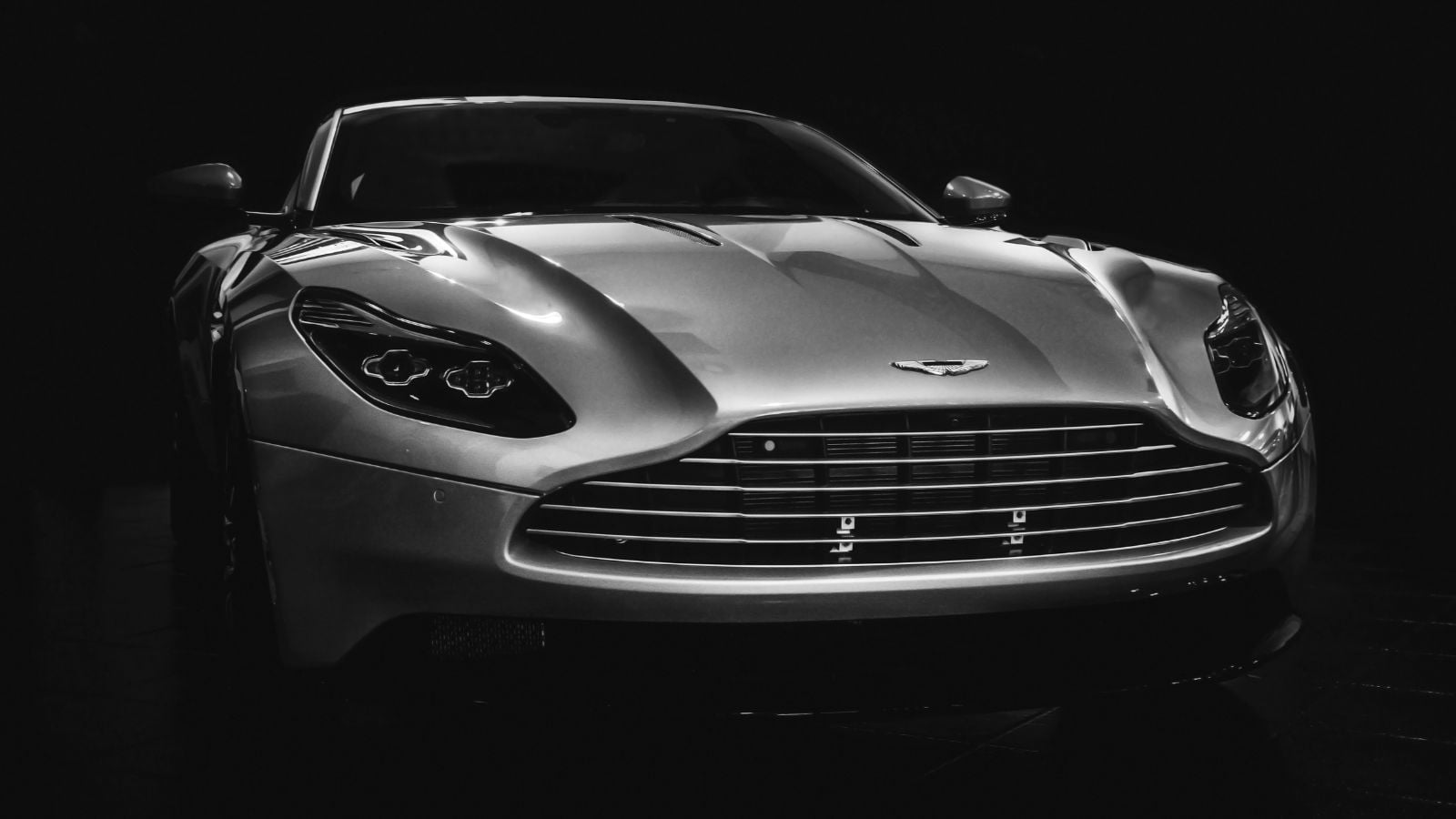
The Aston Martin DB11 exemplifies how mathematical principles can guide aesthetic beauty. The Golden Ratio, roughly 1.618, is nature’s blueprint for aesthetic perfection, seen in everything from seashells to galaxies. Aston Martin’s designers used this divine proportion to craft the DB11’s sleek silhouette, ensuring it’s as pleasing to the eye as a sunset over the Amalfi Coast. Every curve and contour of the DB11 is meticulously measured to echo the Golden Ratio, making it the automotive equivalent of a Michelangelo sculpture if Michelangelo had a thing for V12 engines. Even the headlights and grill follow this ancient formula, creating a harmonious balance that screams sophistication and speed.
The Tesla Cybertruck and Science Fiction
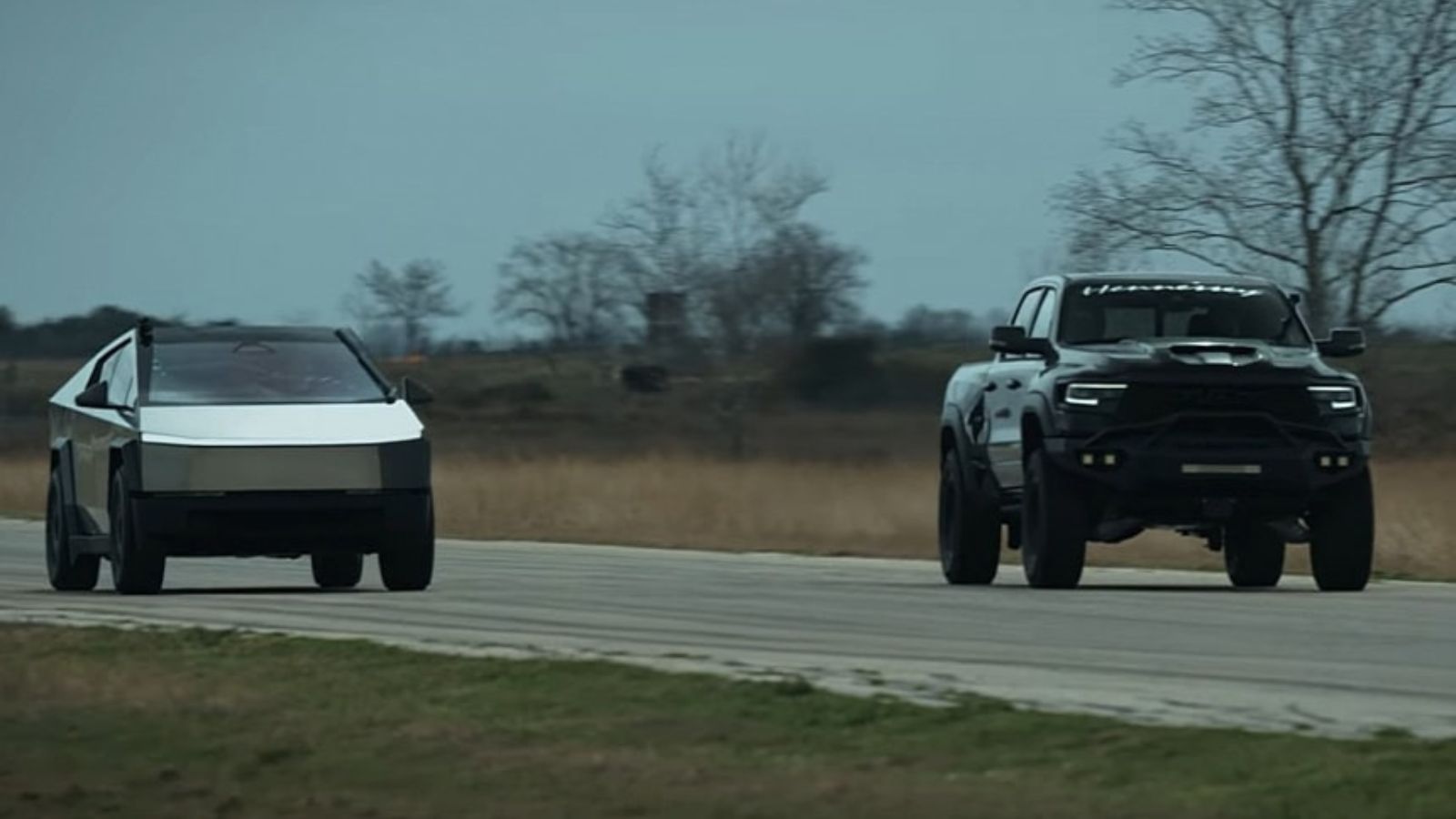
The Tesla Cybertruck, with its angular, stainless-steel body, looks like it drove off a sci-fi movie set. Its angular, stainless-steel exoskeleton draws direct parallels to dystopian vehicles seen in films like “Blade Runner” and “Total Recall.” Elon Musk has cited the Lotus Esprit submarine car from the James Bond film “The Spy Who Loved Me” as a critical influence. The Cybertruck’s ultra-hard 30X cold-rolled stainless-steel body and armored glass are reminiscent of military-grade equipment in sci-fi lore, emphasizing durability and resilience. This radical design enhances aerodynamics and signifies a bold departure from traditional truck designs, echoing the visionary spirit of science fiction’s most iconic vehicles.
The Fiat Multipla and Aquatic Life

The Fiat Multipla, introduced in 1998, drew design inspiration from aquatic life, notably the pufferfish. Its distinctive, bulbous front end with elevated headlights resembled the pufferfish’s inflated, defensive posture—this design choice aimed to maximize interior space while maintaining a compact exterior. The Multipla’s wide, low stance and expansive windows mimicked aquatic creatures’ streamlined forms, enhancing visibility and maneuverability, akin to how fish navigate underwater. Additionally, the Multipla’s flexible seating, accommodating six passengers in two rows of three, mirrored the adaptability of marine organisms to their environment. Overall, it’s clear that designer Roberto Giolito aimed to create a practical and spacious car, using the streamlined, rounded forms found in nature to inform its design.
The Mercedes-Benz Biome and Organic Growth
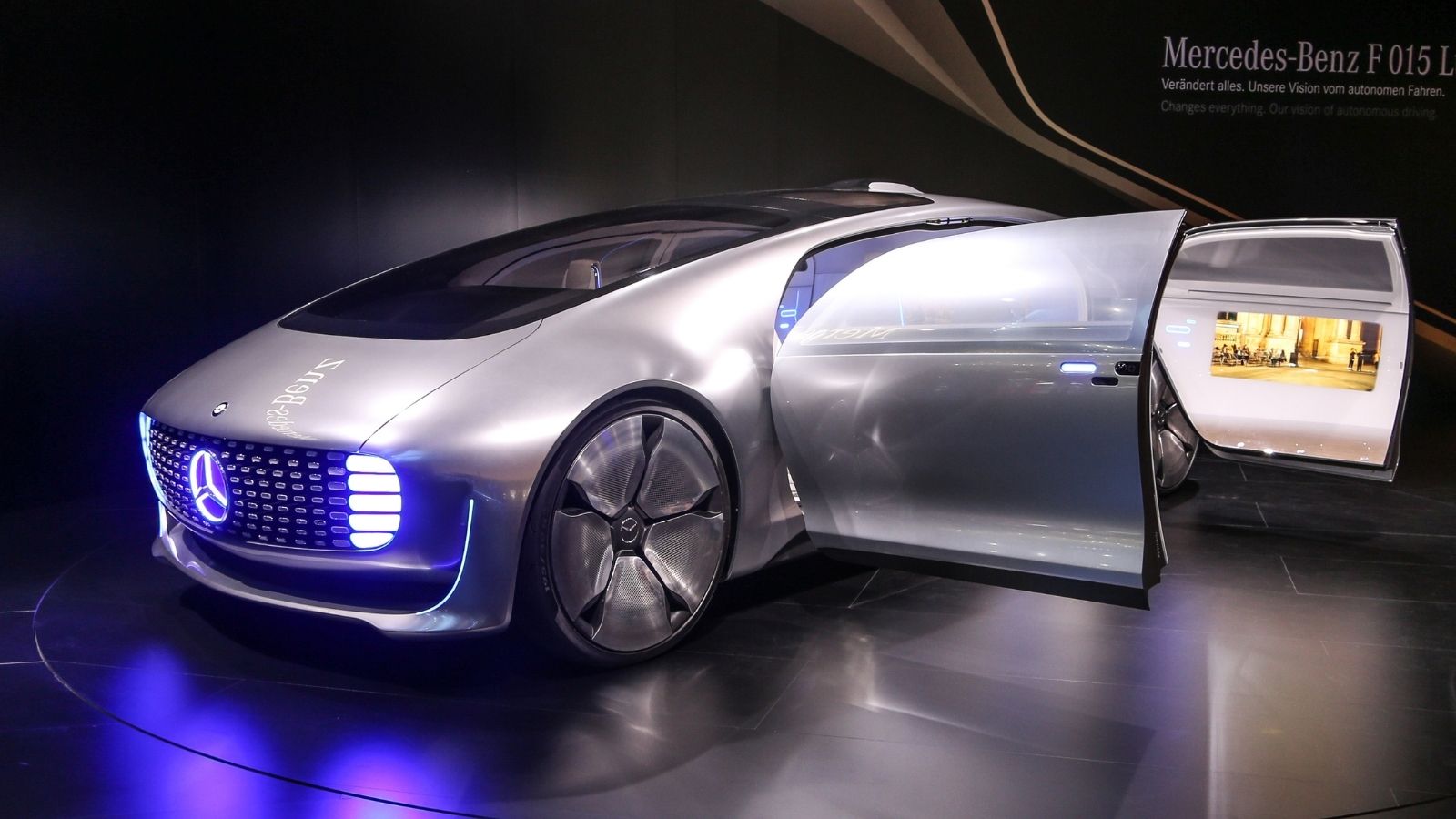
The Mercedes-Benz Biome is a visionary concept car designed for the 2010 Los Angeles Design Challenge; the Biome represents a futuristic vision of sustainable automotive technology. The car’s structure comprises Biofibers, a material stronger than steel yet lighter than plastic, grown from genetically engineered seeds. These seeds absorb solar energy, stored as Bio Nectar, to power the vehicle, eliminating the need for traditional fuel. The Biome’s design mimics the natural forms and functions of flora, incorporating sleek, aerodynamic lines that echo the efficiency of plant structures.
The Chevrolet SSR and Classic Pickup Trucks
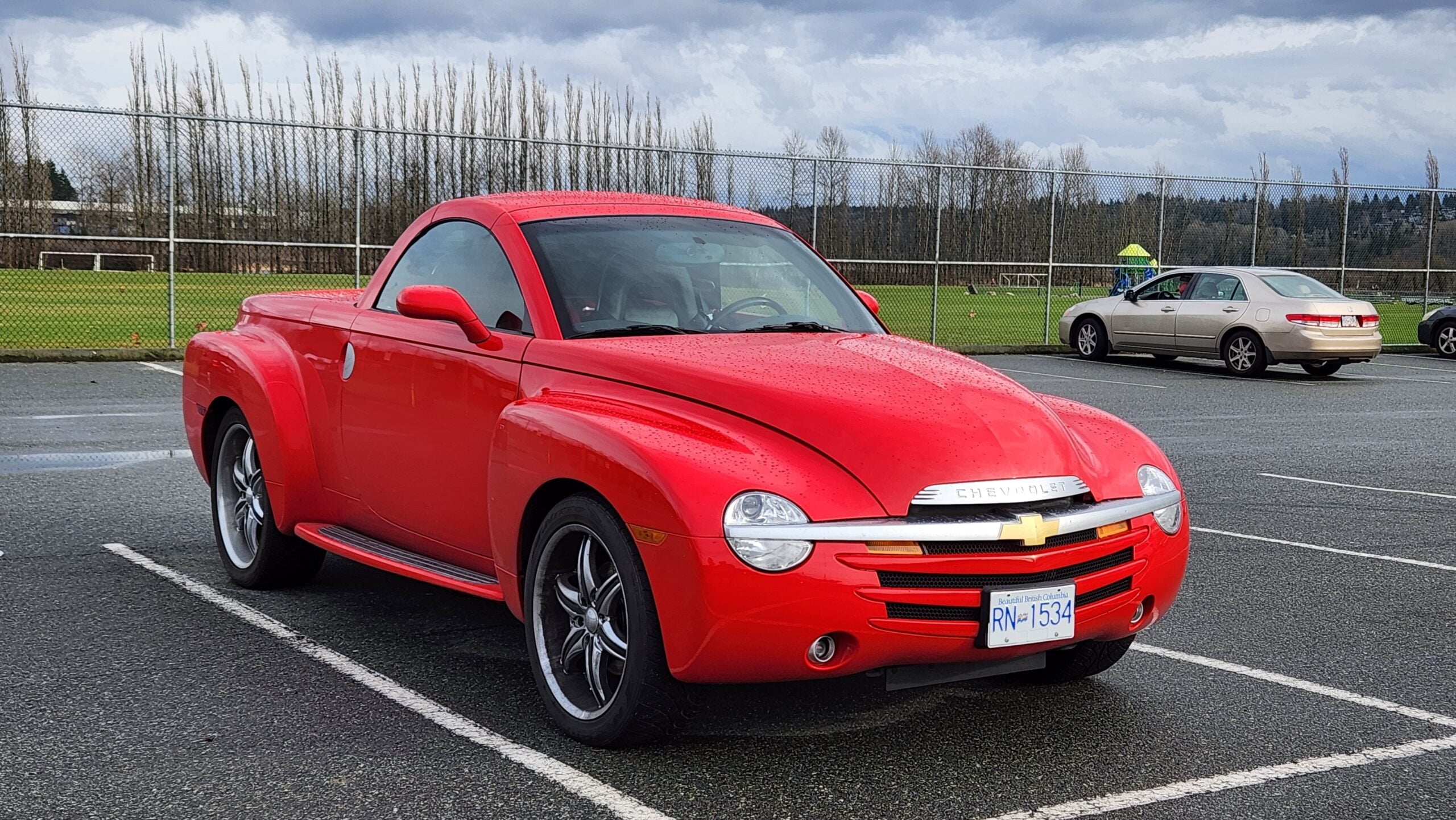
The Chevrolet SSR (Super Sport Roadster) is a delightful oddball that roared onto the scene in the early 2000s, inspired by the classic pickup trucks of the 1940s and 1950s. The SSR boasts retro curves and a distinctive, swooping roofline reminiscent of the ‘50s Chevy Advance Design trucks, yet it’s more at home at a beach party than a construction site. Under the hood, it packed a V8 punch, a more muscle car than a farmhand. Its retractable hardtop roof was an engineering marvel, transforming the truck from a utilitarian hauler to a wind-in-your-hair cruiser at the push of a button. Despite its quirky charm and undeniable cool factor, the SSR’s blend of nostalgia and modernity was short-lived, making it a rare gem in the automotive world.
14 Cars with a Reputation for Running Forever and Why They Outperform the Rest
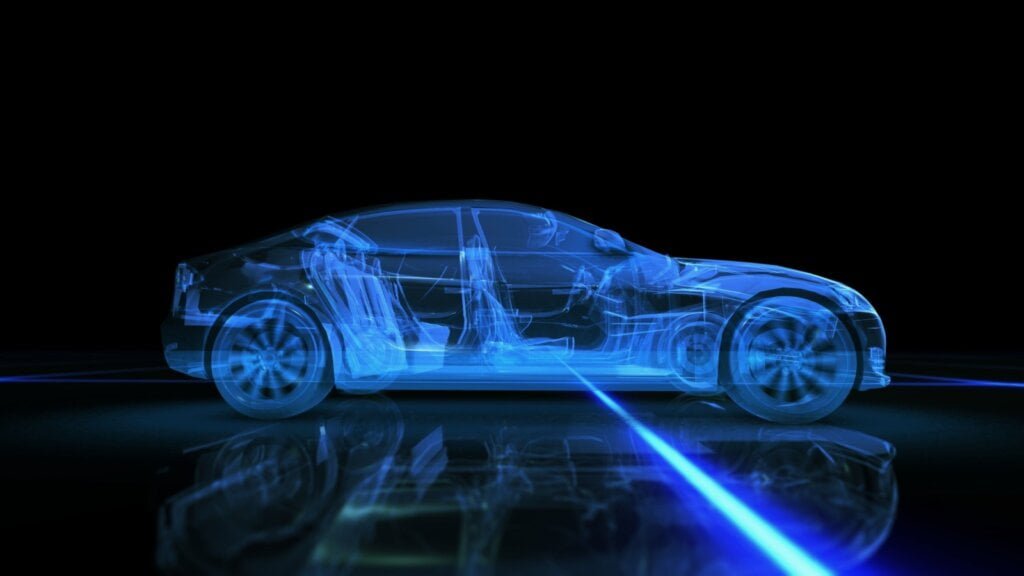
In the dynamic world of automobiles, some cars stand out for their remarkable longevity and enduring performance. These road warriors have earned a reputation for running seemingly forever, outpacing their counterparts. This article will explore 14 such vehicles and the reasons behind their legendary durability.
14 Cars With A Reputation For Running Forever And Why They Outperform The Rest
